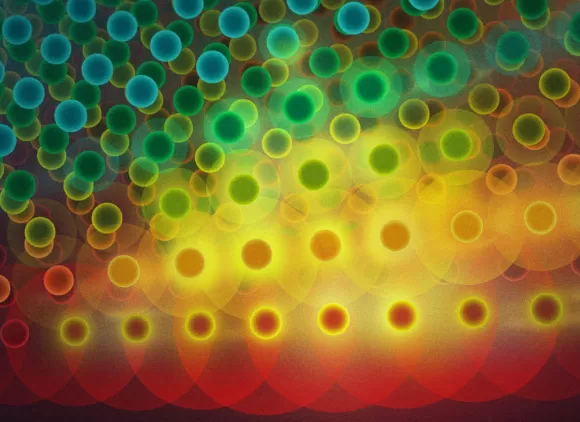About this event
Speaker Bio:
Muyinatu A. Lediju Bell is the John C. Malone Associate Professor in electrical and computer engineering at Johns Hopkins University, with appointments in biomedical engineering, computer science and oncology. She founded and directs the Photoacoustic & Ultrasonic Systems Engineering Lab. Bell's research integrates optics, acoustics, robotics and deep learning to develop advanced biomedical imaging systems, including the short-lag spatial coherence beamformer, which improves ultrasound and photoacoustic image quality to benefit diverse patient groups. Bell holds a doctorate in biomedical engineering from Duke University and a bachelor's in mechanical engineering from the Massachusetts Institute of Technology. She has received numerous significant awards and honors, including the National Institutes of Health K99/R00 Pathway to Independence Award, the NIH Trailblazer Award, the U.S. National Science Foundation Faculty Early Career Development Award, and the prestigious NSF Alan T. Waterman Award. Bell is a fellow of multiple professional societies, including the American Institute for Medical and Biological Engineering, SPIE and Optica.
Talk Abstract:
Equitable Medical Imaging
Medical imaging allows us to peer into the body to provide diagnostic or surgical guidance information. Ultrasound and photoacoustic imaging, in particular, visualize internal anatomy by detecting sound waves from an array of sensors placed in contact with the skin. Ultrasound imaging directly transmits and receives sound that reflects off internal tissues, while photoacoustic imaging shines laser pulses that are absorbed by anatomical regions, which expand and indirectly generate ultrasound waves. In both cases, the timing and receipt of the associated ultrasound signals provide information about anatomical locations and physiological features when using beamforming and other signal processing algorithms that rely on signal amplitudes, uniform skin tone, and standard ratios of tissue components, which determine the average speed of sound. However, these imaging algorithms fail to account for normal human variations in skin tone, tissue type, tissue density and body mass indices. This talk will provide real-world examples of the detriment of this failure and then display techniques to address inequities through the use of signal processing innovations that consider spatial correlations rather than signal amplitudes. It will additionally show that the same techniques can address technical challenges with minimally invasive surgical and interventional procedures. Specific clinical applications that will benefit from this equitable approach to medical imaging system designs include cardiovascular health assessments, breast cancer diagnosis and treatment, biopsies and teleoperated robotic surgeries.
Zoom Information
Topic: Waterman Awardee Distinguished Lecture: Equitable Medical Imaging by Muyinatu Bell
Register in advance for this webinar: https://nsf.zoomgov.com/webinar/register/WN_17rTIiwgRJeYvYMZ7TNjeQ Or an H.323/SIP room system: H.323: 161.199.138.10 (US West) or 161.199.136.10 (US East) Meeting ID: 161 178 1160 Passcode: 673382 SIP: 1611781160@sip.zoomgov.com Passcode: 673382 After registering, you will receive a confirmation email containing information about joining the webinar.
